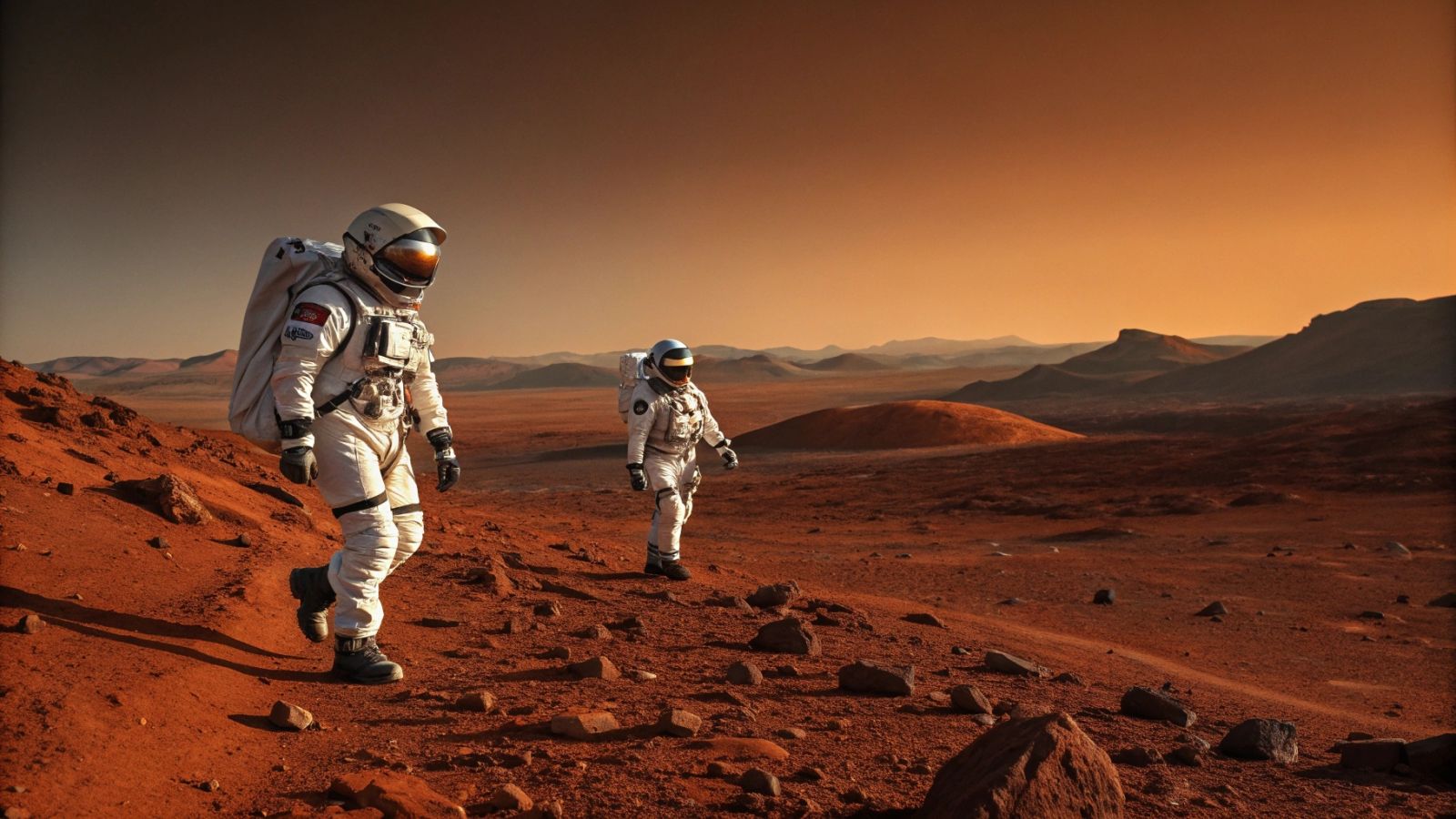A New Frontier in Healthcare: NASA and Google’s AI Medical Assistant
The collaboration between NASA and Google has led to the creation of the Crew Medical Officer Digital Assistant (CMO-DA), an AI-powered medical assistant designed to safeguard astronauts’ health during long-duration missions, such as those to Mars. This innovation marks a pivotal moment for both space exploration and healthcare in remote areas on Earth.
How CMO-DA Works: Autonomy and Reliability
The CMO-DA was developed to provide autonomous medical care in environments where communication with Earth is delayed or unavailable. Leveraging advanced natural language processing and machine learning technologies, the assistant analyzes data from text, speech, and images, offering real-time diagnoses and treatment suggestions.
- Training on spaceflight medical literature
- Rigorous testing through clinical simulations (OSCE)
- High diagnostic reliability
Implications for Earth’s Healthcare
Beyond space missions, CMO-DA promises to enhance healthcare delivery in resource-limited areas, helping to bridge gaps in medical access.
"Tackling complex problems by breaking them down, verifying answers, and self-correcting in real time—traits that bring it closer to human reasoning."
Sam Altman, CEO OpenAI
Challenges of Autonomous Medical Care in Space
Providing autonomous medical care in space presents unique challenges, including:
- Communication delays of up to 20 minutes with Earth
- Isolated environments and extreme conditions
- Unpredictable medical emergencies
CMO-DA addresses these issues with its adaptability and ability to process diverse data types, ensuring support even in the absence of expert medical personnel.
A Shared Future for Space and Earth
The partnership between NASA and Google shows how technology developed for space can positively impact society on Earth, driving innovation and progress in both artificial intelligence and global healthcare.
